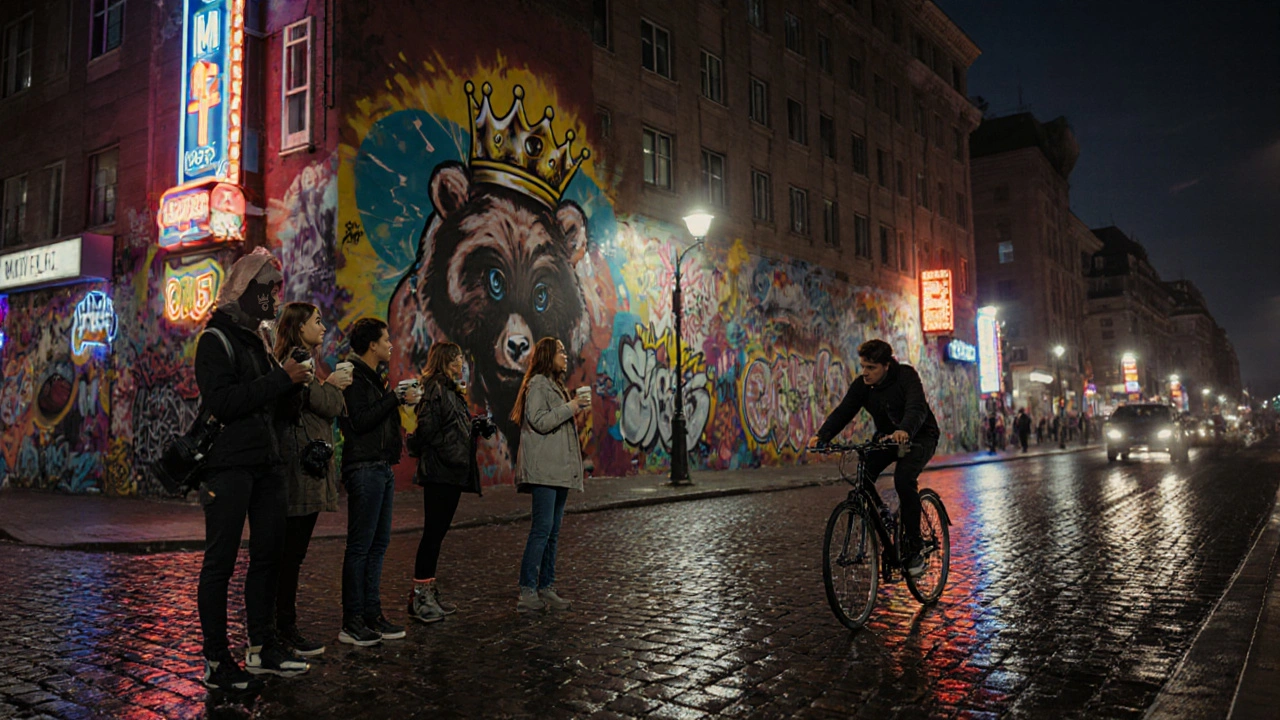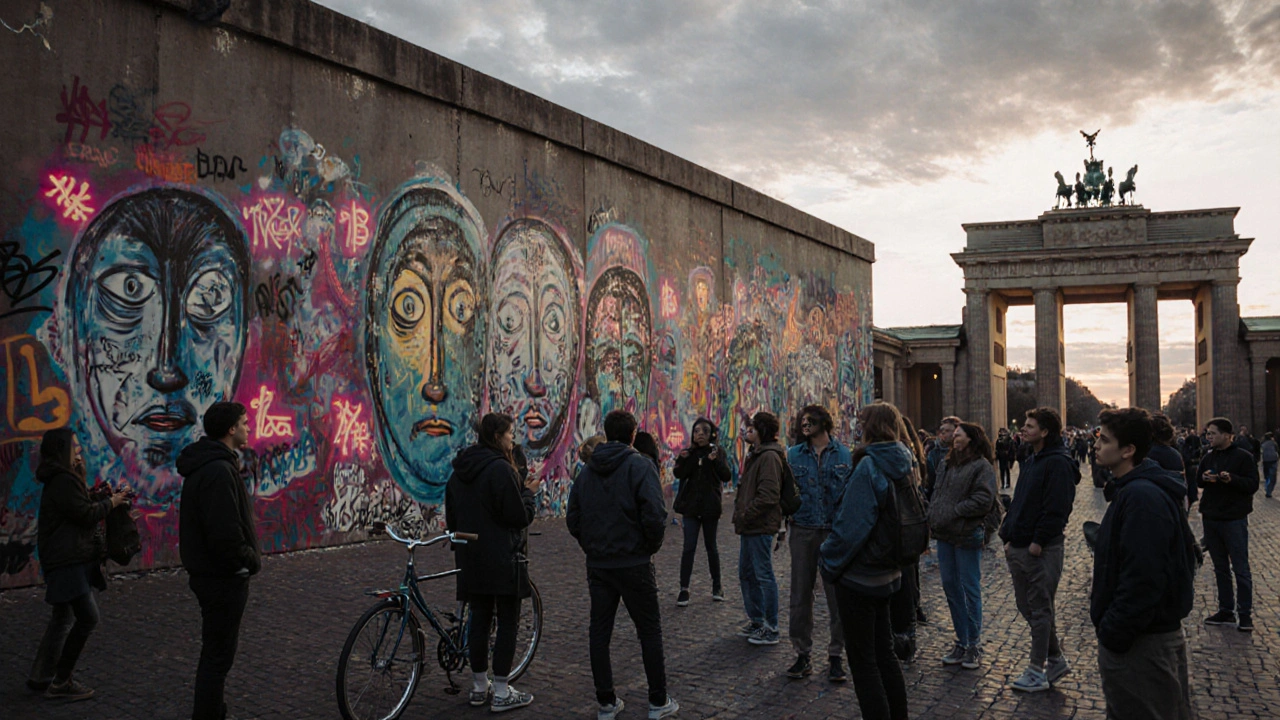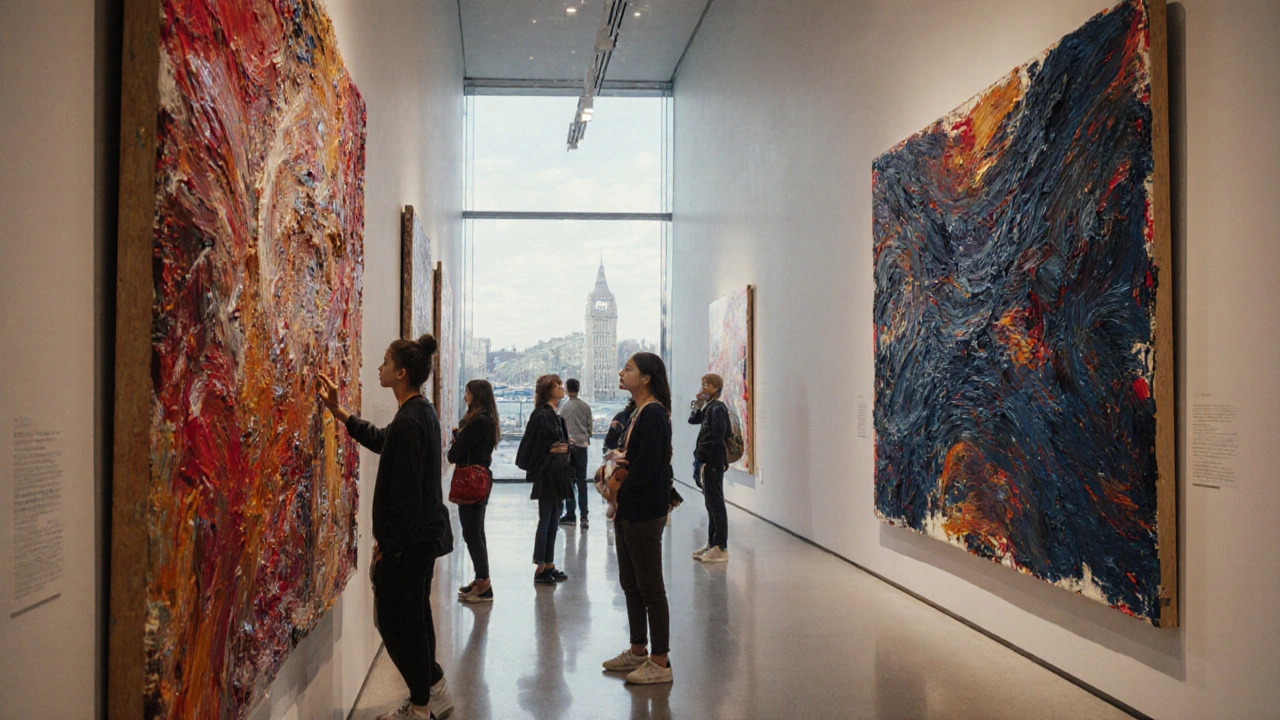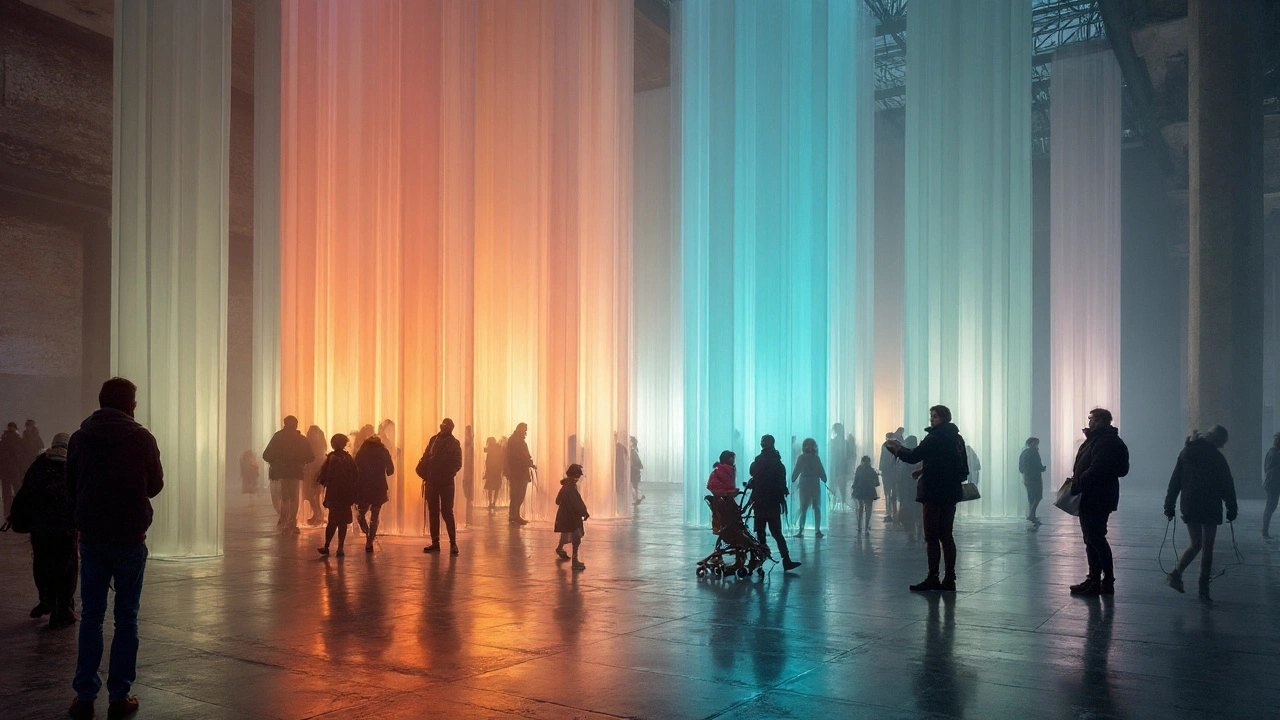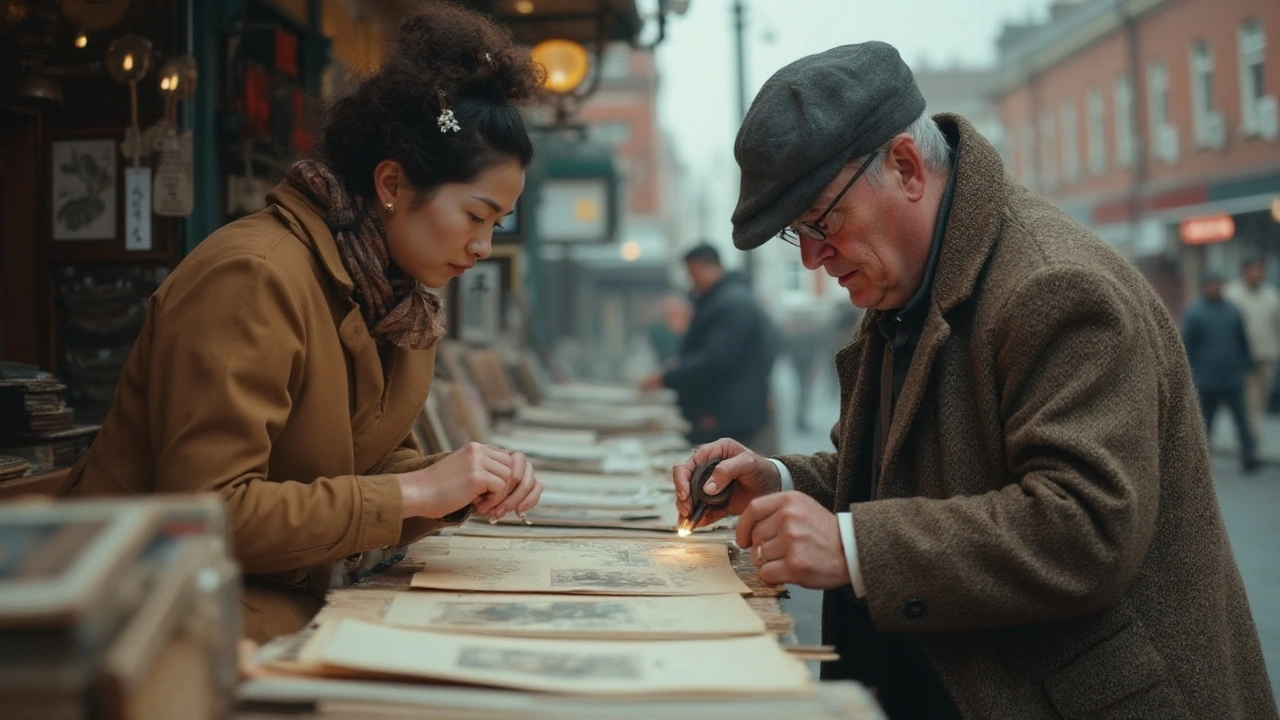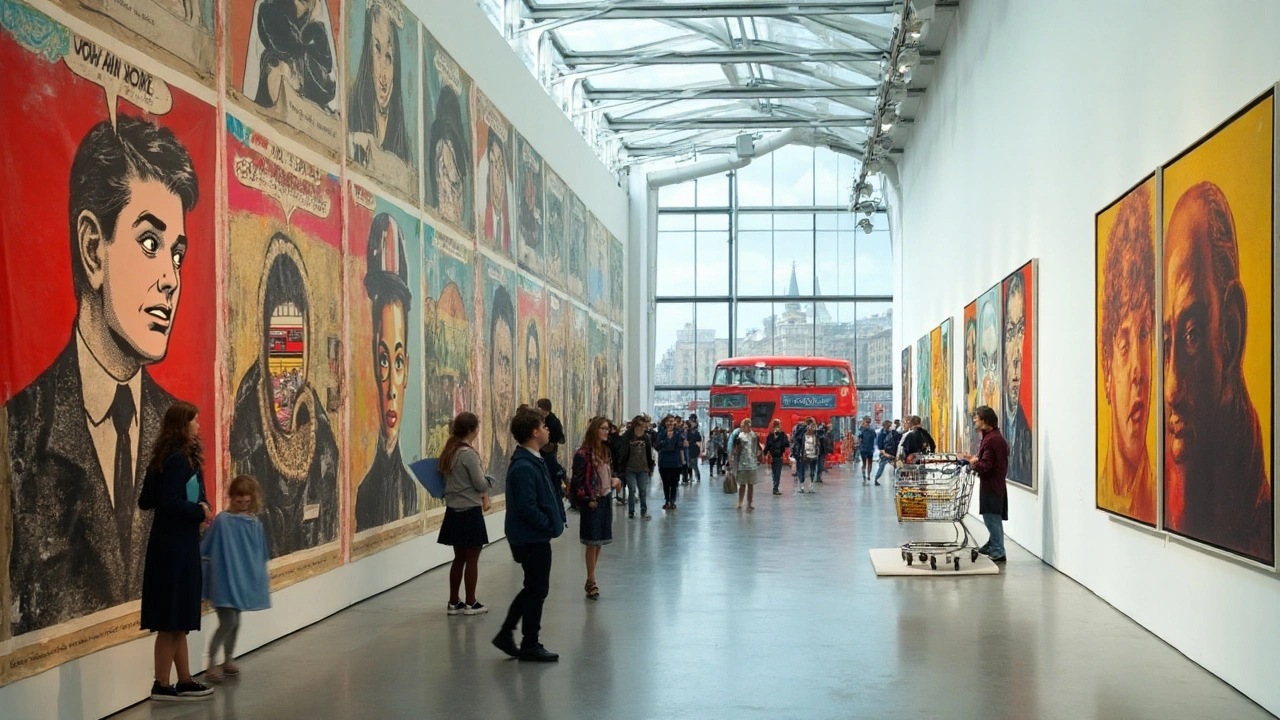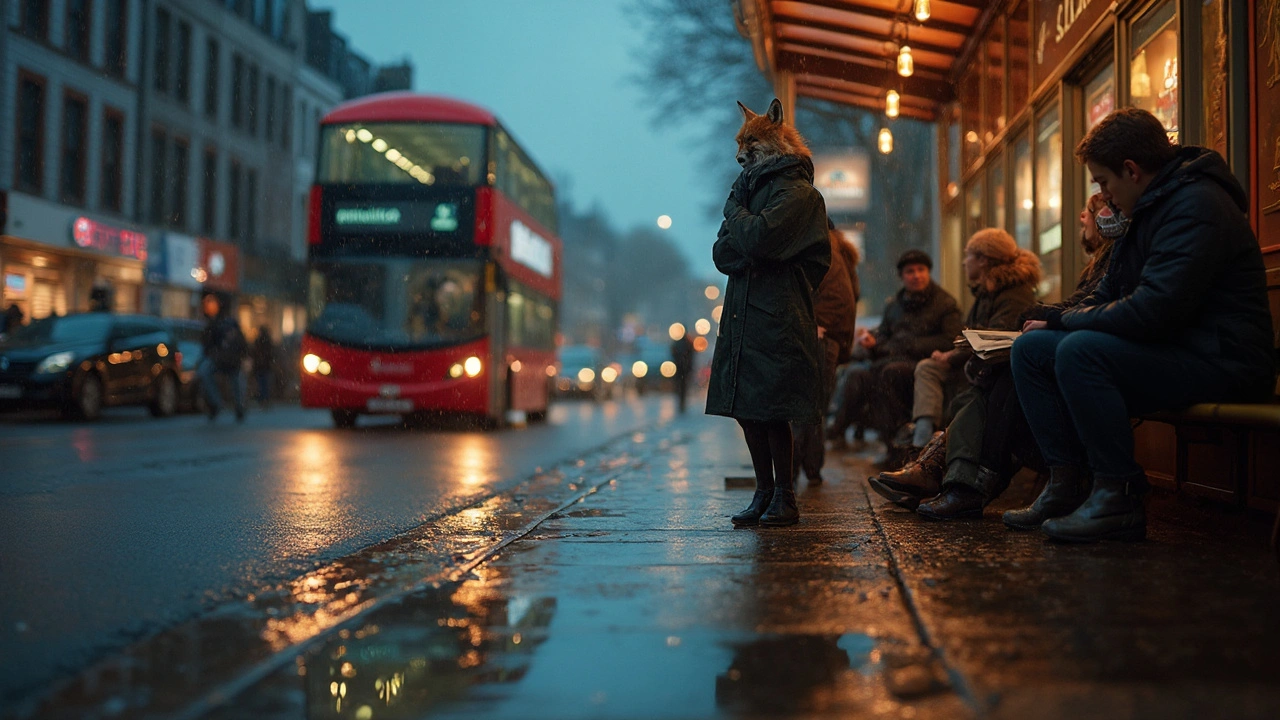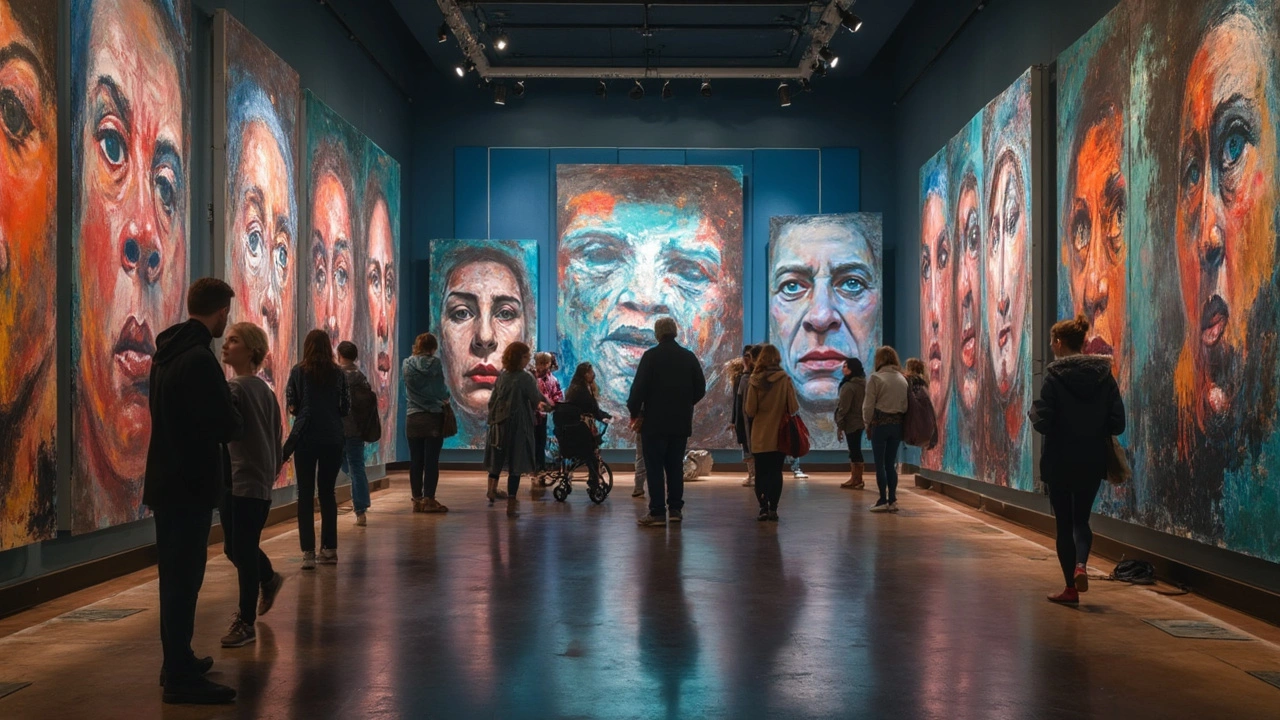September 2025 Art Roundup: Street Art, Modern Movements, and How‑To Guides
Welcome to the September 2025 archive. This page pulls together the most useful pieces we published last month, so you can grab the highlights without hunting through each post. Whether you’re planning a graffiti‑tour, curious about Abstract Expressionism, or want to start a ukiyo‑e collection, we’ve got you covered.
What’s Hot in Street Art
Two posts this month tackled the best street‑art cities around the globe. Both guides list Berlin, Melbourne, Lisbon, and Buenos Aires as must‑see spots, and they add practical tips like when local festivals happen and which neighborhoods hold the most vibrant murals. We also included a quick comparison table that lets you match budget, travel time, and language ease, so you can plan a trip that fits your schedule.
If you’re new to graffiti tourism, start with Berlin’s East Side Gallery for historical context, then swing by Melbourne’s laneways for hidden gems. Both cities have free walking maps you can download, and the articles point out a few local cafés where artists often gather—great places to strike up a conversation and learn about upcoming murals.
Diving Into Modern Movements
Our deep‑dive on Abstract Expressionism walks you through the post‑war shift that led artists like Jackson Pollock and Mark Rothko to splash paint in new ways. The piece explains the core techniques—action painting, color field, and gestural marks—so you can spot the style in any museum or gallery. A short timeline shows how the movement sparked later trends, including modern expressionism and street art.
We also broke down De Stijl’s lasting impact. The article gives clear examples from today’s graphic design and user‑experience layouts, showing how Mondrian’s grid still pops up in apps and branding. A quick checklist helps you identify De Stijl DNA in everyday visuals, from home décor to corporate logos.
Installation art got a practical guide too. We define what makes an installation “site‑specific,” list safety steps you should take before building, and provide a simple budget template. Real‑world examples—from a light‑filled room in a New York gallery to a outdoor sculpture in a park—illustrate how to think about scale and viewer interaction.
Pop Art fans can skim our quick‑read that charts how comic strips and advertising jumped onto gallery walls in the 1960s. We name the big players—Andy Warhol, Roy Lichtenstein—and give three tips for spotting authentic Pop Art pieces when you’re browsing a thrift shop or online auction.
For collectors interested in Japanese woodblock prints, our 2025 ukiyo‑e starter guide walks you through spotting authenticity, setting a realistic budget, and framing safely. The article also flags common fakes and points out a handful of reputable dealers you can contact for verified prints.
Lastly, we touched on magical realism, showing why the genre feels fresh in the 21st century. The piece defines the style, lists standout novels and films, and offers a short writing exercise to help you try it yourself.
All these posts share one goal: give you clear, actionable info without the fluff. Bookmark this archive page and return whenever you need a quick refresher on any of the topics we covered last month.

